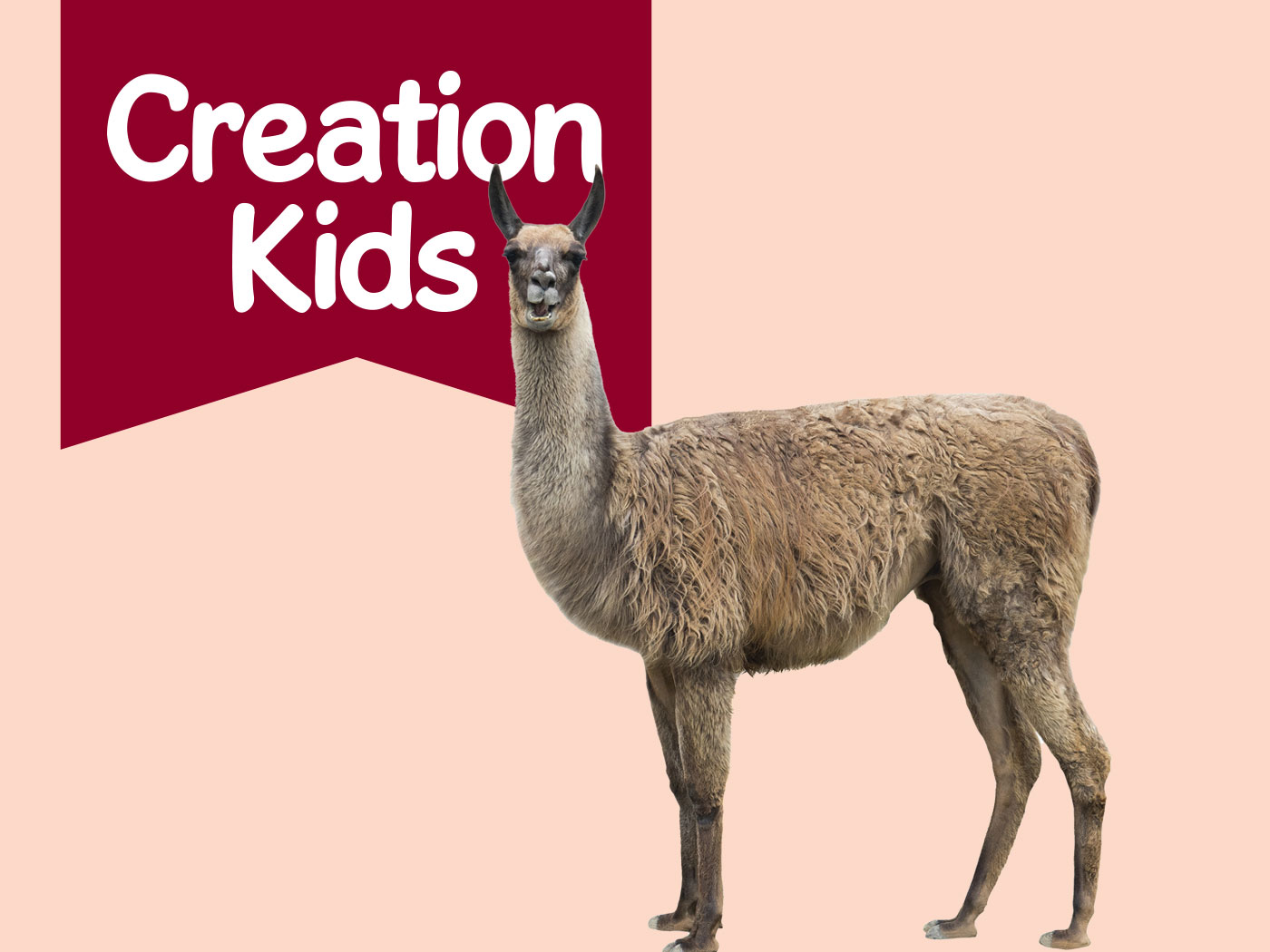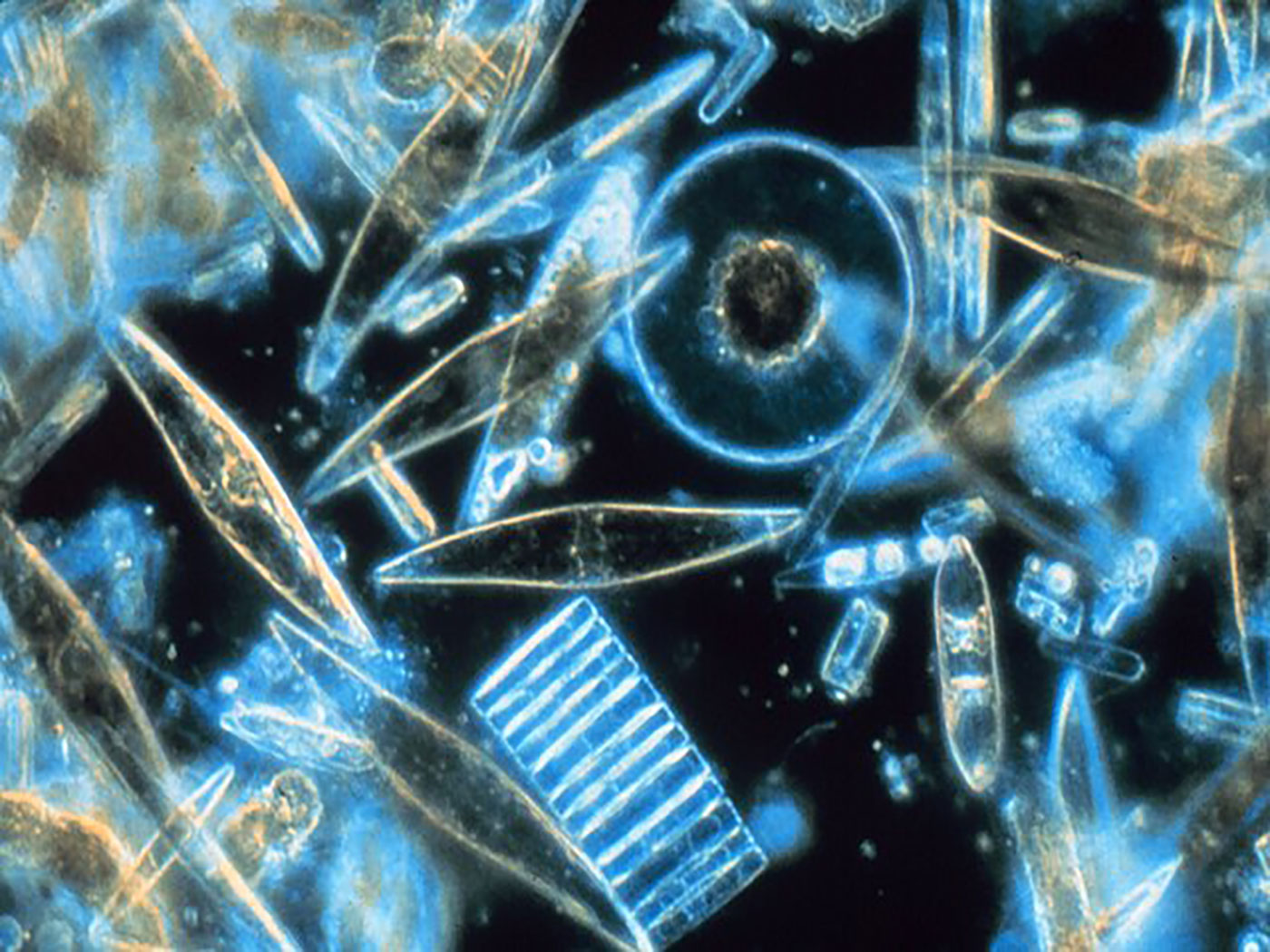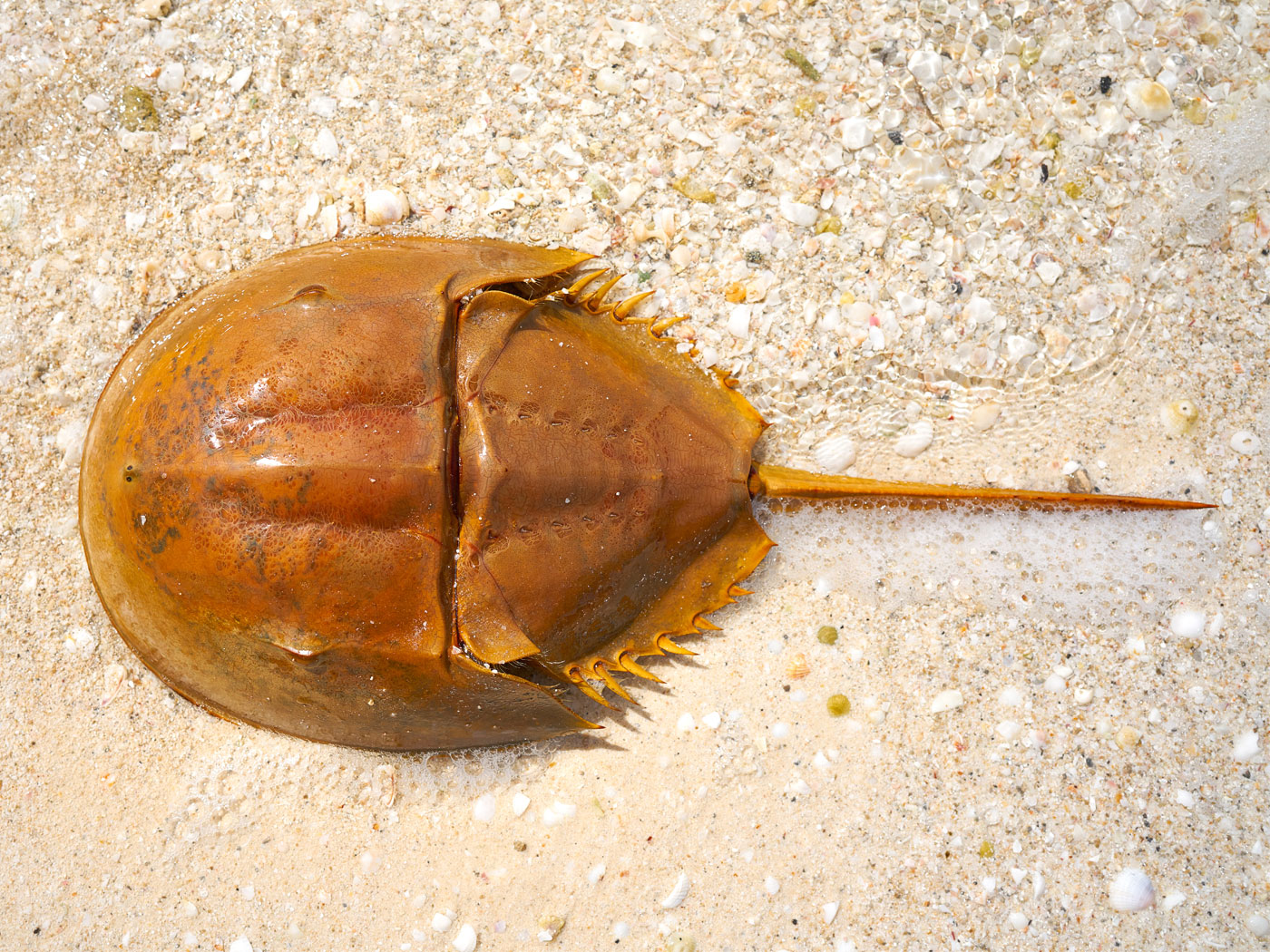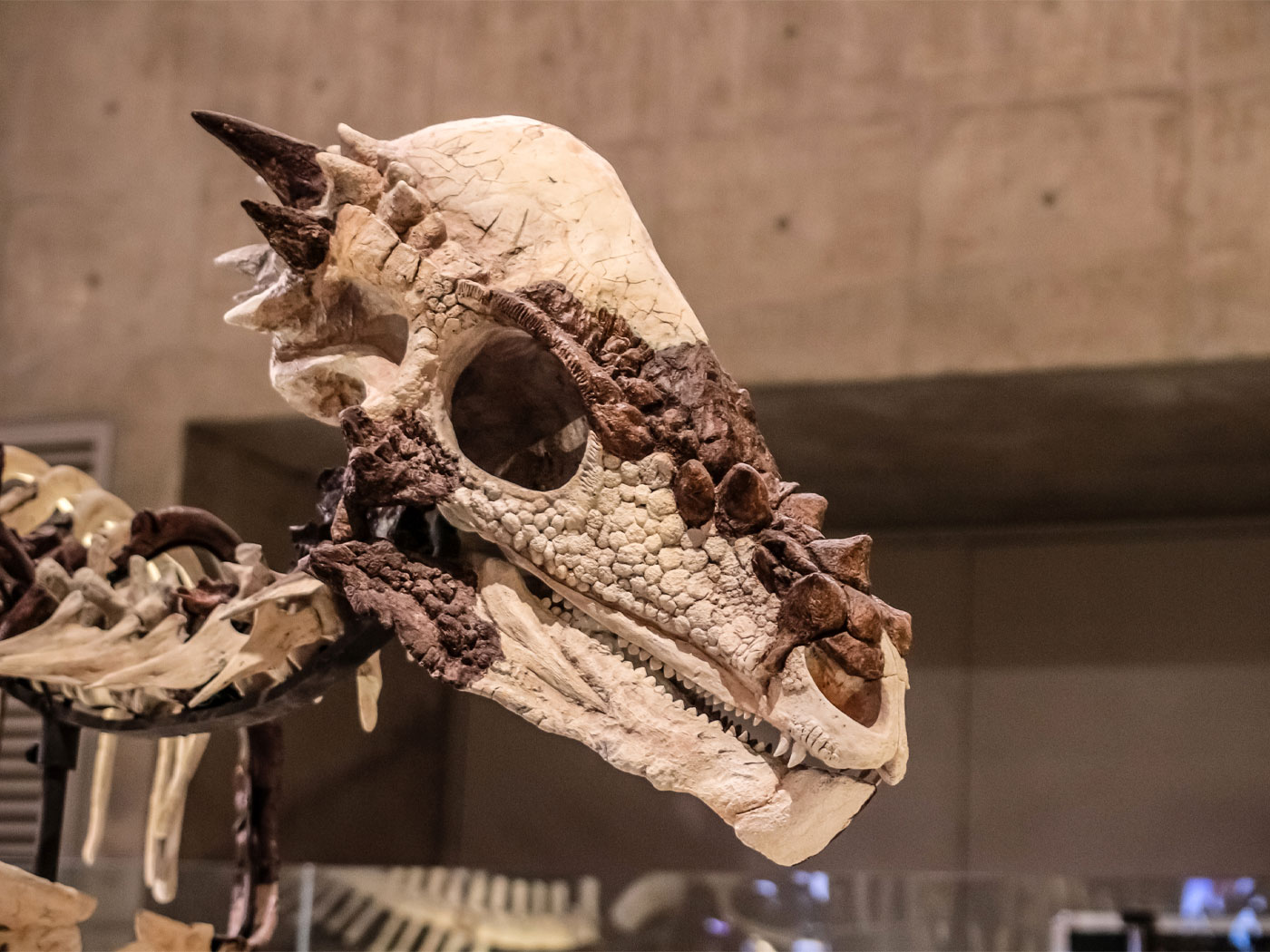Abigaille the robot can climb up smooth walls, but she leaves behind no residue, much like living geckos. Engineers at Simon Fraser University copied gecko design when they developed the robot’s tiny treads to navigate tight turns even while treading on vertical walls. How close did the inventors come to matching the precision capabilities of real gecko feet, which utilize a dry adhesive capability?
Dry adhesives could be very useful. In a 2011 technical report appearing in the journal Smart Materials and Structures, the design team described the locomotive part of the robot. They cited its potential use in “space, security, surveillance and nuclear reactor cleaning.”1 At its core is a “timing belt climbing platform”—a track belt layered with fine fibers, each one with a small, mushroom-shaped cap on its end.1
Gecko foot pads have thousands of tiny fibers, too, but theirs are much smaller than anything humans can construct. The fibers interact with the reptiles’ walking surfaces. Manufacturing limitations make Abigaille’s foot fibers much larger than the lizard’s, requiring more surface area for the robot’s footpad to hold the same weight. Real geckos can stick to a ceiling with just a single foot while this robot needs full treads to cling to a wall.
Now, two years later, researchers have tested an updated version dubbed “Abigaille-III,” reporting their results in the Journal of Bionic Engineering and demonstrating the new robot’s potential for use in space.2 Abigaille-III uses the same fibers as the original robot, but this hexapod version has six legs, with separate treads on each. It may someday “be used for everything from cleaning high rises to servicing satellites and even planetary exploration,” according to Simon Fraser University News.3
Michael Henery, lead author of the 2014 report, told Discovery News, “We’ve borrowed techniques from the micro-electronics industry to make our footpad terminators. Technical limitations mean these are around 100 times larger than a gecko’s hairs, but they are sufficient to support our robot’s weight.”4
If intelligent human engineers deserve credit for this amazing gizmo, how much more credit belongs to the One who engineered the superior biological machine they are so diligently trying to copy?
References
- Krahn, J. et al. 2011. A tailless timing belt climbing platform utilizing dry adhesives with mushroom caps. Smart Materials and Structures. 20 (11): 110521.
- Henrey, M. et al. 2014. Abigaille-III: A Versatile, Bioinspired Hexapod for Scaling Smooth Vertical Surfaces. Journal of Bionic Engineering. 11 (1): 1-17.
- Meadahl, M. Robot’s sticky feet could aid space missions. Simon Fraser University News. Posted on sfu.ca January 3, 2014, accessed January 9, 2014.
- Agence France-Presse. Wall-Climbing, Gecko Robot Could Scuttle in Space. Discovery News. Posted on news.discovery.com January 2, 2014, accessed January 9, 2014.
* Mr. Thomas is Science Writer at the Institute for Creation Research
Article posted on January 20, 2014


















